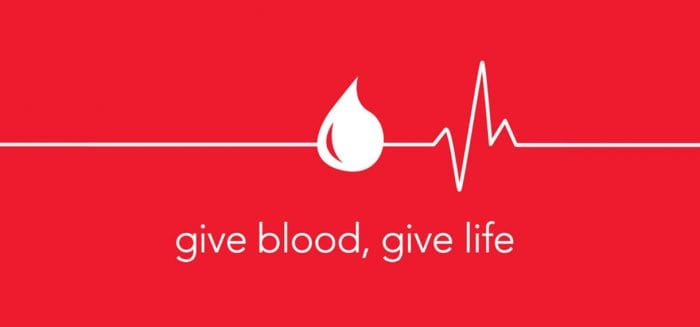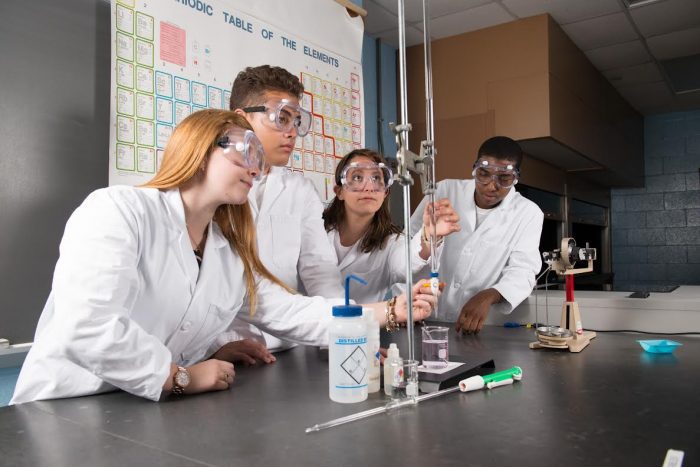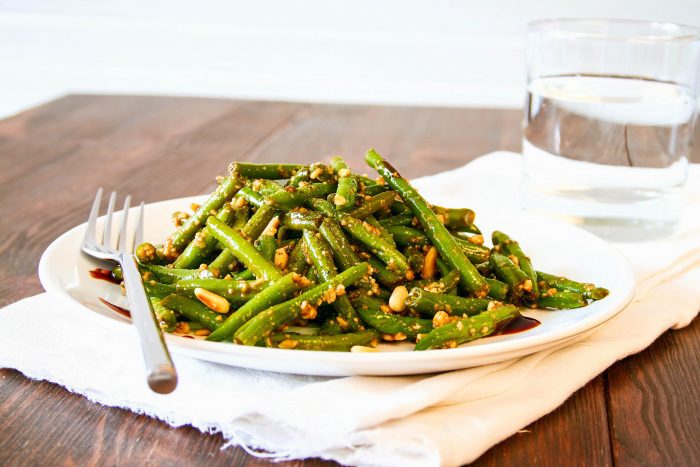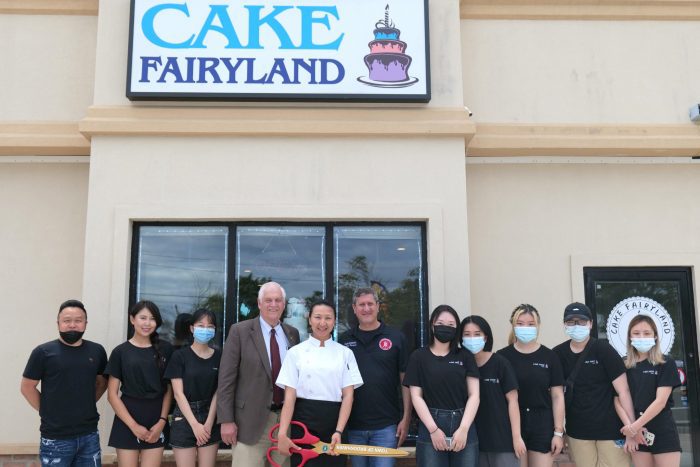BLOOD AND PLATELET DONORS URGENTLY NEEDED
New York Blood Center (NYBC) announced a blood emergency on Aug. 3, as the region’s ongoing heatwave, summer travel, and a recent spike in COVID-19 cases have caused a significant decrease in donations over the past several weeks. Hospitals and patients rely upon a steady flow of donors to receive life-saving blood donations, but these factors have caused the blood supply to become unstable. The blood supply currently stands at a 1-2-day level, which is well below the ideal level of 5-7-days.
NYBC is partnering with local breweries for their “Pint for a Pint” campaign, which runs from August 1st – September 10th at all donor centers and community blood drives. As a part of this campaign, all presenting blood donors will receive a voucher to redeem a free pint of beer, cider, wine, or soft drink at their local participating brewery or restaurant. Since March 2020, the number of first-time donors has dropped dramatically and creative campaigns like “Pint for Pint” aim to raise awareness as well as amplify the need for new blood donors.
Twenty-five establishments are participating in this campaign across the region. A full list of participating breweries and restaurants can be found here. Blood donors cannot redeem their voucher for alcohol on the day of their blood donation.
“Summer has always been a challenging time for the blood supply, and we are grateful to all of our partner breweries and restaurants for stepping up to help us during this critical time,” said Andrea Cefarelli, Senior Vice President at New York Blood Center. “All of our donor centers and blood drives are air-conditioned and donating blood could serve as a great break from record-breaking heat. Even better, we’ve partnered with breweries and restaurants all over the region for free beverages as a thank you for donating.”
“The brewing community is always willing to step up to help a great cause, and we can think of nothing more important than helping out our local blood centers, particularly during this time of extreme need,” said Paul Halayko President and Co-Owner of Newburgh Brewing Company. “We are more than happy to offer a free pint of beer to someone who selflessly gives blood to help save others, a small token of our appreciation to all the amazing donors.”
NYBC hosts blood drives every day in addition to their 19 area donor centers in order to reach donors and meet local hospital needs.
They are taking extra precautions to help prevent the person-to-person spread of COVID-19. As always, people are not eligible to donate if they’re experiencing a cold, sore throat, respiratory infection or flu-like symptoms. Additional information on donor eligibility and COVID-19 precautions is available here.
To make an appointment at a blood drive near you, donors can call 1-800-933-2566 or visit nybc.org/pint. Can’t donate blood? You can still support NYBC’s mission by texting ‘NYBC’ to ‘20222’ to give $25.

















